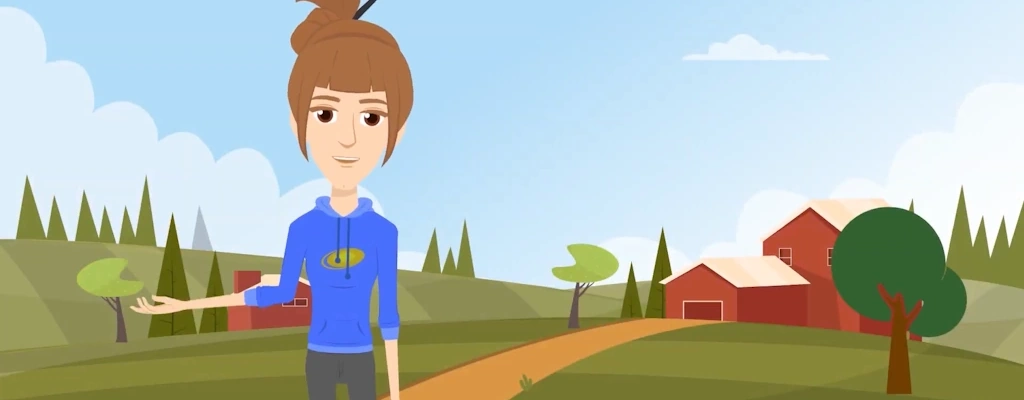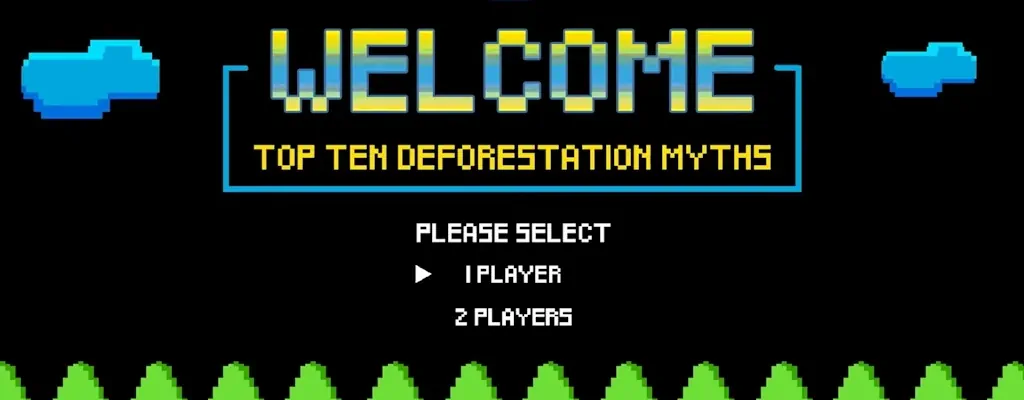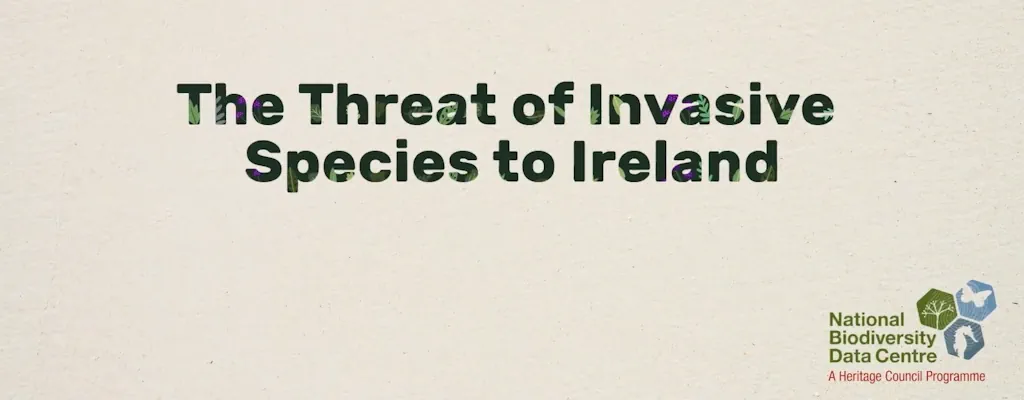Threats to Trees
Introduction
From majestic Irish oaks, supporting vast numbers of species, to the iconic hawthorn, long intertwined in Irish folklore, Ireland's trees weave a tapestry of life that stretches back millennia. However, as the modern world encroaches upon their habitats, trees face various challenges that threaten their survival. Here, we explain five of the most significant challenges trees face and how you can help protect them.
Agriculture
While agriculture is essential for feeding the world's growing population, its expansion is the primary cause of deforestation worldwide. Forests are cleared every day to graze farm animals, produce animal feed, and grow crops for human consumption. This is one contributing factor to why only 2% of native woodland remains in Ireland today. In 2024, 4.5 million hectares, or over 65% of Ireland's land, was used for agriculture (Department of Agriculture Food and Marine, 2024).
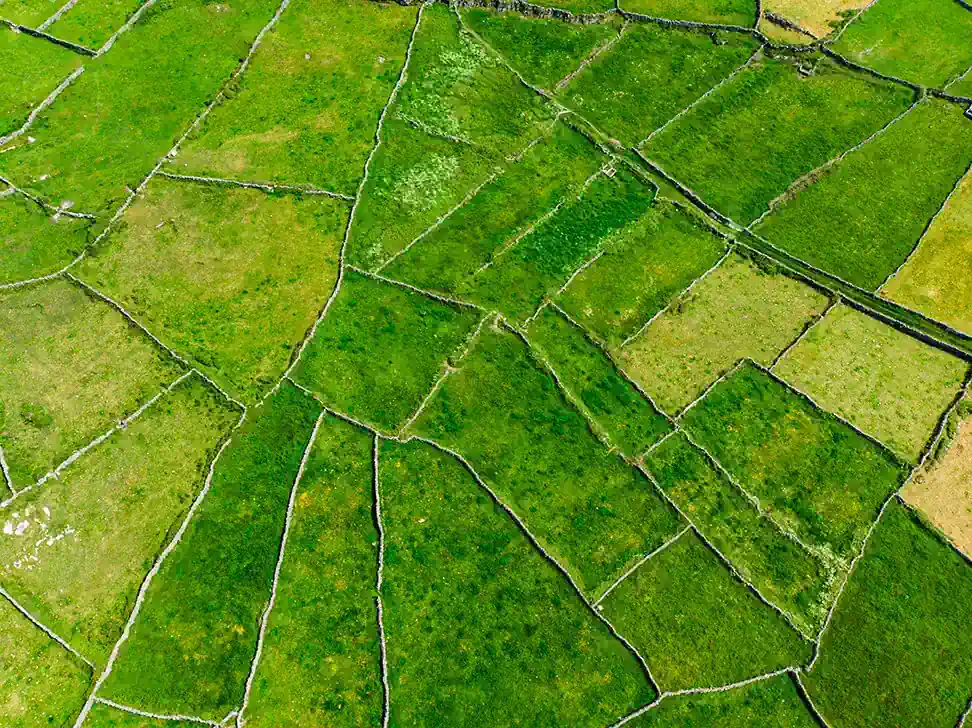
In 2017, 70% of all agricultural land worldwide was used for livestock production. (FAO & IWMI, 2017), a figure that has since increased. Despite this huge amount of land being used, livestock “only produces 18% of the world’s calories and 37% of total protein.”(Ritchie & Roser, 2024).
A change in our agricultural practices could help restore the world's forests. Small-scale, sustainable farming can coexist with forests, promoting biodiversity and ecosystem health. Agroforestry, for example, integrates trees and crops on the same land, mimicking natural forest ecosystems while providing food, fuel, and income for farmers. Additionally, technological advancements in precision agriculture and vertical farming offer opportunities to increase food production without the need for further deforestation. Governments must support farmers in transitioning to more sustainable farming practices through education, financial incentives, and policy changes.
You, the consumer, also play a crucial role in shaping the agricultural industry. By supporting companies that follow sustainable sourcing practices and by reducing your consumption of animal products, you can encourage the demand for environmentally responsible agriculture. This, in turn, will lead to fewer trees being cut down.
Click on this image to find out more about deforestation from this '10 myths about deforestation' video!
Pests and Diseases
Ireland's location provides its trees with a massive advantage in protecting against pests and diseases. First, it is an island, meaning there are limited corridors that pests and diseases can use to enter the country. Second, the prevailing winds tend to be from the west, which reduces the risk of aerial disease spread from other parts of Europe. However, regular imports of plants and plant materials via ships and planes have created new pathways.
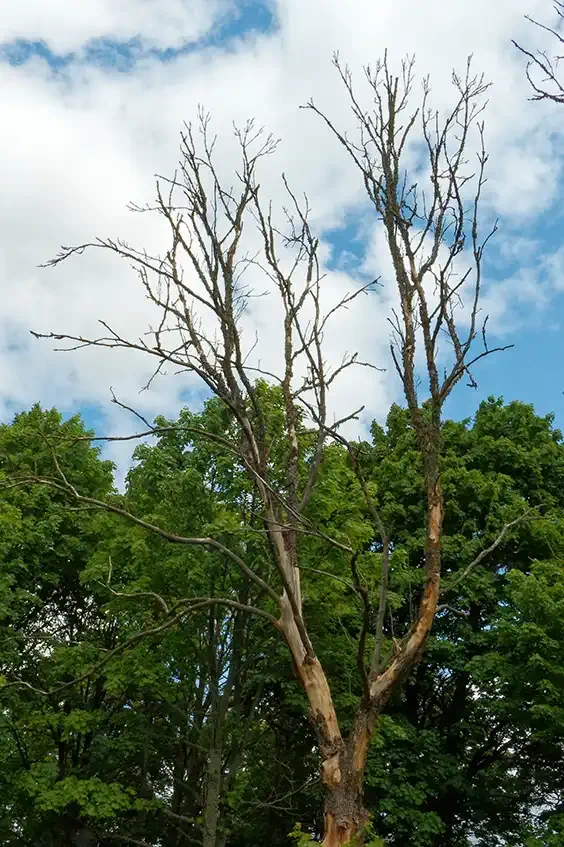
Pests and diseases imported from other countries can have huge effects on Ireland's trees. If the trees have not evolved alongside these pathogens, they are unlikely to have developed methods of protecting themselves from them.
One example of an imported tree disease is ash dieback. This disease, which originated in Asia, affects the native ash tree and was introduced to Europe in the early 90s. In the Republic of Ireland, ash dieback was first detected in 2012 on imported plants from continental Europe. The disease is now widespread throughout most of Ireland and is expected to cause the death of most ash trees in the next two decades.
We can all do our bit to reduce the spread of pests and diseases. Below are some simple actions we can take to help protect our trees.
· When buying plants or plant material, ensure they are sourced and grown in Ireland or, even better, in your local area. This will reduce the market for imported material and reduce the chance of diseased material being brought to Ireland.
· Encourage your local garden centres to source trees and seeds locally and responsibly. · Report any suspected pests or diseases via the Teagasc website here. Quick detection of pests or diseases can halt the spread and increase the likelihood of eradication.
· Clean your footwear before and after walking in different wooded areas, do not take cuttings from the countryside, and do not dump garden waste in the countryside.
· Lobby the government for new and improved biosecurity laws on imports. These could include stricter quarantine and fewer points of entry, making them easier to enforce.
Invasive Species
Invasive species pose one of the biggest immediate threats to the remainder of Ireland's native forests. Invasive species are non-native animals, plants, or pathogens that spread rapidly, causing significant harm to ecosystems and even human activities. The lack of predators in their new environment is often the cause of their fast spread. These species can disrupt natural processes, reduce biodiversity, and degrade habitats, leading to economic and environmental consequences. The cost of managing invasive species on the island of Ireland is estimated to be over €261 million each year.
One of the most damaging invasive species to Ireland's forests is rhododendron ponticum. This plant, native to the Iberian Peninsula and Asia, was brought to Ireland during the 18th century as a decorative garden plant. Since its introduction, it has escaped into the wild and become invasive, particularly along the west of Ireland. A single rhododendron ponticum bush can produce over 1 million seeds per year, dispersed up to 100 meters by the wind. Additionally, it forms dense, long-lived thickets, which can smother the ground flora and suppress the regeneration of native trees and shrubs. Rhododendron foliage is unpalatable to Ireland's grazing animals, having no natural control.
 The grey squirrel is another major invasive species damaging Ireland's forests. The species was originally introduced from North America in 1911 and quickly established and spread throughout the country's east. Every year, the grey squirrel causes millions of euros in damage by stripping bark and feeding on the soft vascular tissues underneath. This leaves trees vulnerable to disease and causes dieback.
The grey squirrel is another major invasive species damaging Ireland's forests. The species was originally introduced from North America in 1911 and quickly established and spread throughout the country's east. Every year, the grey squirrel causes millions of euros in damage by stripping bark and feeding on the soft vascular tissues underneath. This leaves trees vulnerable to disease and causes dieback.
There are many ways you can help tackle invasive species.
- · Stay informed about what invasives to look out for in Ireland here.
- · Report invasives via this webpage.
- · Prevention is always better than a cure. Follow this link to find out how to stop the introduction and spread of invasive organisms
- · Let native species grow in your garden and source seeds locally.
- · Lobby the government for new and improved biosecurity laws on imports.
- · Do not release unwanted pets into the wild, for example, fish into local ponds.
- · Volunteer and help remove invasive species in your local area.
Overgrazing
 Ireland currently has four species of deer roaming its lands. Three of these were introduced, with one species, the red deer, thought to be native. These introductions, along with the removal of deer predators such as wolves and lynx, have caused forests to be overgrazed.
Ireland currently has four species of deer roaming its lands. Three of these were introduced, with one species, the red deer, thought to be native. These introductions, along with the removal of deer predators such as wolves and lynx, have caused forests to be overgrazed.
The presence of too many deer in Irish forests has far-reaching impacts, touching every layer of the ecosystem. Their appetite for young saplings hinders regeneration and strips away the next generation of trees. Their constant trampling and browsing alter the forest floor, disrupting delicate habitats and species diversity. Native plants struggle to compete with the relentless pressure of deer grazing, leading to a loss of biodiversity and a shift towards more resilient but often invasive species like rhododendron ponticum.
A Deer Management Strategy Group was established in 2022 to address the overpopulation of deer in Ireland. In November 2023, the group published a deer management strategy report. For more information, you can download the report here.
The overstocking of sheep in Ireland's uplands is also to blame for overgrazing. Like deer, too many sheep in an area will impede natural forest regeneration by browsing young trees. Sustainable land management practices that promote rotational grazing and reforestation can help restore ecological balance while supporting rural livelihoods. Collaborative efforts involving farmers, policymakers, conservationists, and local communities are essential to make this happen.
Plant Blindness
A growing issue of ‘plant blindness’ threatens to undermine our understanding and appreciation of trees. Plant blindness, a term coined by botanists James Wandersee and Elisabeth Schussler in 1999, describes humans' tendency to overlook plants in favour of animals. While animals often capture our attention with their movement, behaviour, and charisma, plants quietly perform the essential tasks of producing oxygen, regulating climate, and providing habitat for countless species.
In our increasingly urbanised world, where concrete jungles replace the natural ones, the disconnect from nature deepens. Surrounded by screens and skyscrapers, many people grow up without regular exposure to the diverse array of plant life found in forests. Without direct contact and education, it's easy to develop plant blindness, where plants, including trees, become a mere backdrop.
But why does this matter for our forests? Plant blindness reduces our ability to recognise and understand relationships within ecosystems. As a result, we may fail to appreciate the devastating consequences of habitat destruction. Consider the example of invasive species. Without a keen awareness of native plant species, it becomes easier for invasive plants to spread unchecked.
How can we stop the spread of plant blindness? Education plays a vital role, starting with early childhood exposure to nature and incorporating plant-focused curriculum in schools. By encouraging curiosity and appreciation for plants from a young age, we can create a generation that is equipped to understand and protect our forests. 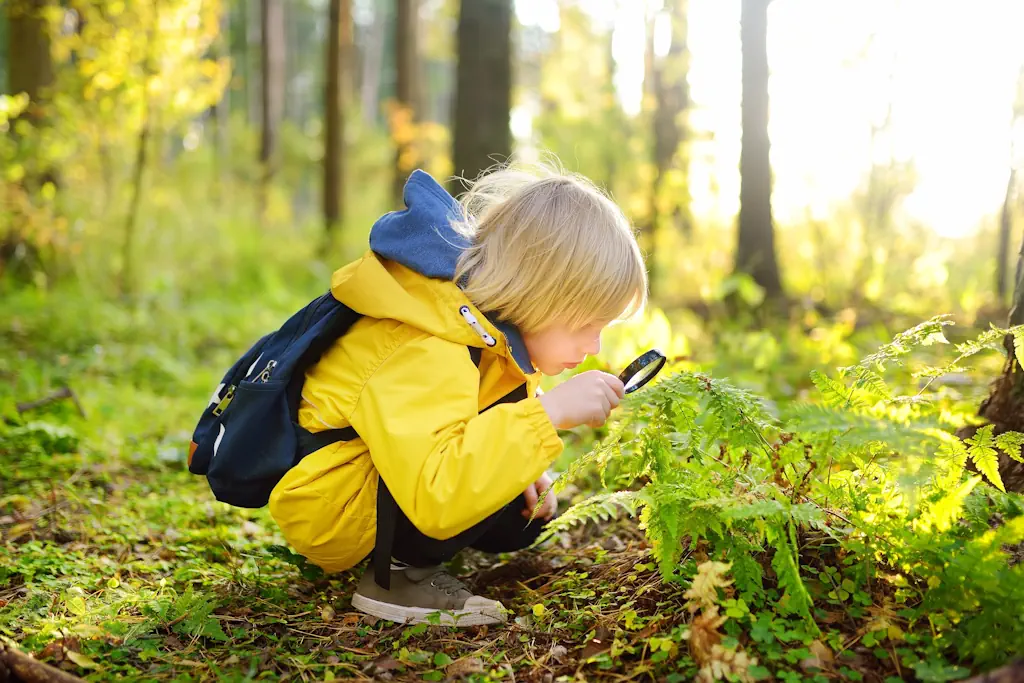
Additionally, efforts to increase accessibility to green spaces can help bridge the gap between urban dwellers and the natural world. Through immersive experiences and interactive learning opportunities, people of all ages can develop a deeper connection with plants and gain a newfound appreciation for their role in sustaining life on Earth.
What can you do to help? Make a conscious effort to learn more about trees and develop an appreciation for our precious plant life.
References
FAO, & IWMI. (2017). Water pollution from agriculture: A global review. Ritchie, H., & Roser, M. (2024). Land Use. Our World in Data. https://ourworldindata.org/land-use
Department of Agriculture Food and Marine.(2024). Fact Sheet on Irish Agriculture. Retrieved 18 April 2024, from https://www.gov.ie/pdf/?file=https://assets.gov.ie/289345/d3a618b0-a3fa-4be8-8824-1d4eb70cf120.pdf

